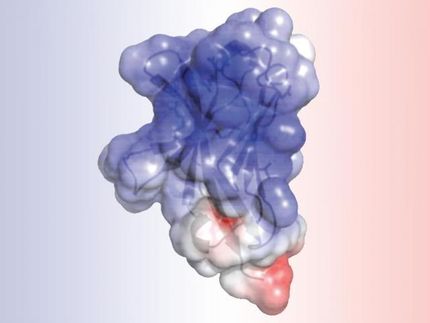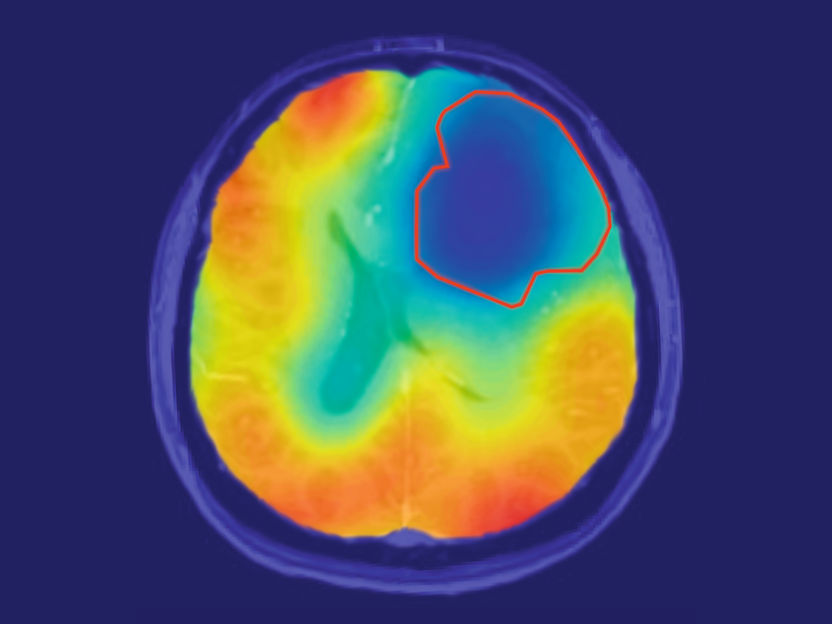People with Alzheimer’s have lower ability to perceive pain
People with Alzheimer’s disease don’t perceive pain as readily as healthy older adults, and this may lead to delays and underreporting of pain. This alteration in pain detection may be one reason that people with Alzheimer’s disease and pain tend to be undermedicated and suffer unnecessarily, a trans-institutional group of Vanderbilt researchers reported.
It also puts them at increased risk for delay in detecting underlying conditions that could have a serious impact and potentially lead to tissue or organ damage, said the paper’s first author, Todd Monroe, Ph.D., R.N., an assistant professor at Vanderbilt University School of Nursing (VUSN).
Previous research indicated that people with Alzheimer’s disease reported pain less frequently than healthy adults and received less pain medication, but it was not known if that was because the patients perceived less pain, had an inability to recognize it or couldn’t communicate that they were in pain.
Monroe and his colleagues studied pain responses in two groups of older adults (age 65 and older), one composed of healthy individuals and the other composed of people with clinical diagnoses of Alzheimer’s disease. The three-year study used a psychophysical thermal stimulation to test for and examine self-reports of pain in the two groups. The participants with Alzheimer’s were all physically healthy, verbally communicative and able to provide a verbal pain rating.
“We compared the perception threshold for three experimental heat pain intensities and the reports of unpleasantness associated with each,” Monroe said. “We found that participants with Alzheimer’s disease required higher temperatures to report sensing warmth, mild pain and moderate pain than the other participants. What we didn’t find was a difference between the two groups in reporting how unpleasant the sensations were at any level.”
That the participants in both groups reported similar unpleasantness in the presence of mild and moderate pain appears to refute a longstanding hypothesis that pain tolerance is altered in people with Alzheimer’s, he said.
“While we found that their ability to detect pain was reduced, we found no evidence that people with Alzheimer’s disease are less distressed by pain nor that pain becomes less unpleasant as their disease worsens,” Monroe said.
Further study is still needed, he said, but it is becoming increasingly clear that health care providers should evaluate whether a patient with Alzheimer’s disease is in pain by using a variety of methods, including pain scales, behavioral changes and nonverbal responses such as facial expressions. This will be especially critical in the latter stages of the disease when many patients have difficulty communicating.
“We are in the process of analyzing the neuroimaging data from this study which we hope will further elucidate changes in the neurobiology of pain in Alzheimer’s disease.,” Monroe said.
“As people age the risk of developing pain increases, and as the population of older adults continues to grow, so will the number of people diagnosed with Alzheimer’s disease. We need to find ways to improve pain care in people with all forms of dementia and help alleviate unnecessary suffering in this highly vulnerable population.”
Original publication
Todd B. Monroe, Stephen J. Gibson, Stephen P. Bruehl, John C. Gore, Mary S. Dietrich, Paul Newhouse, Sebastian Atalla and Ronald L. Cowan; "Contact heat sensitivity and reports of unpleasantness in communicative people with mild to moderate cognitive impairment in Alzheimer’s disease: a cross-sectional study"; BioMedCentral; 2016
























































